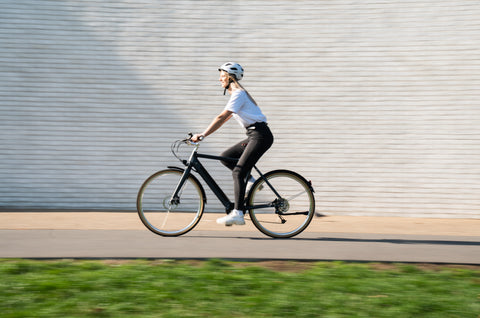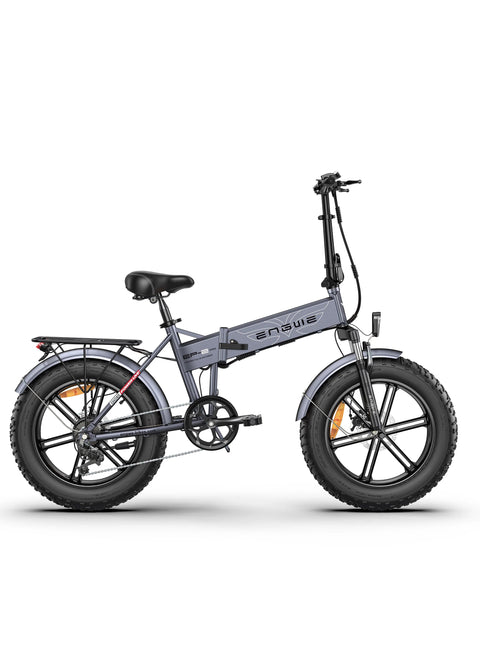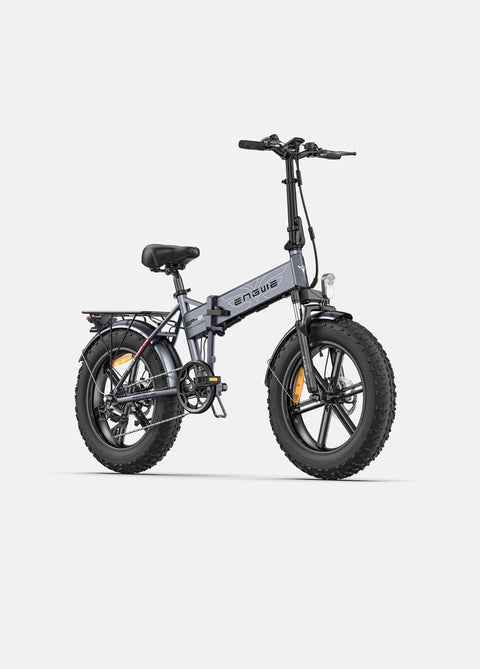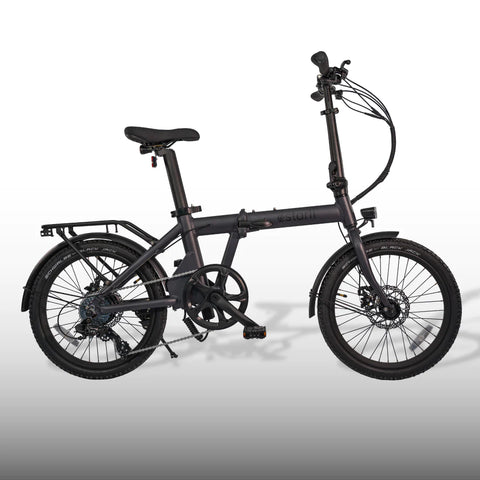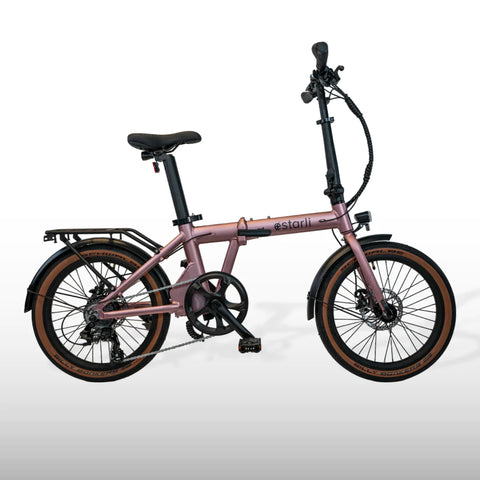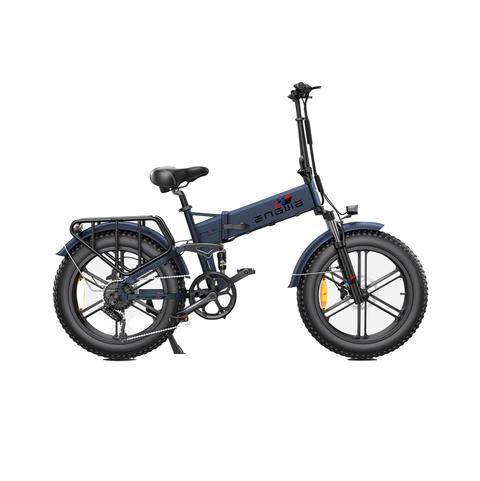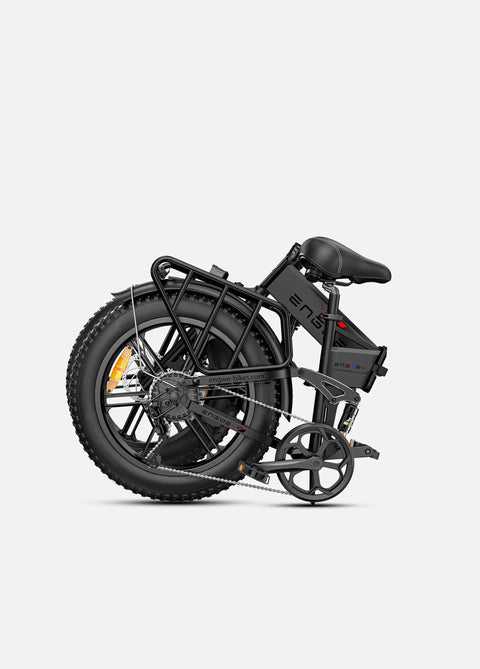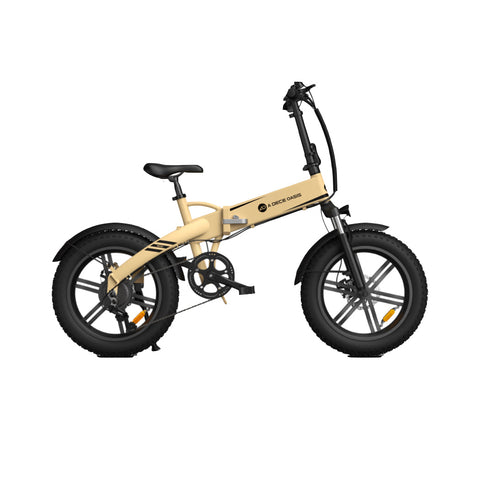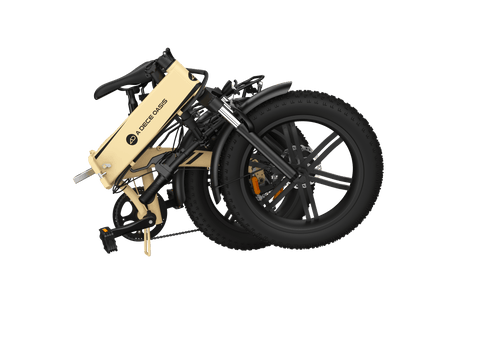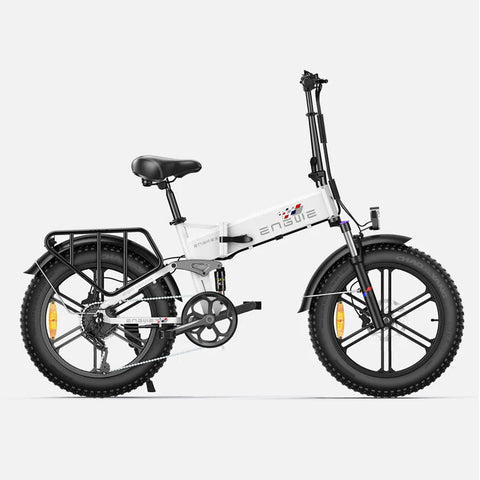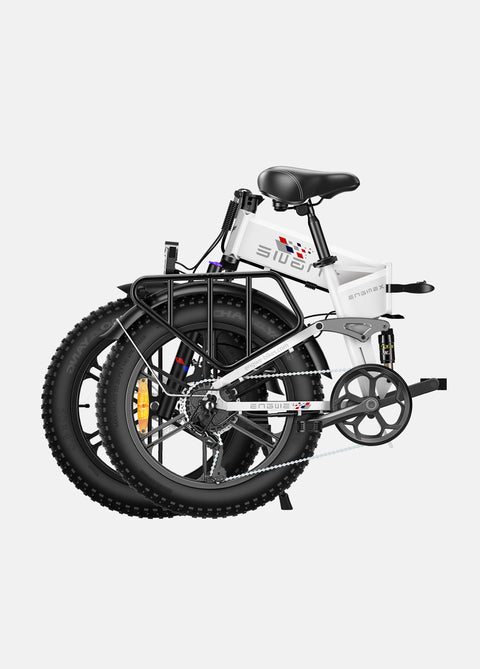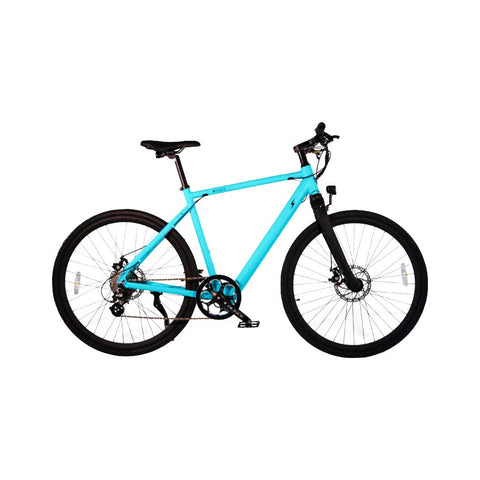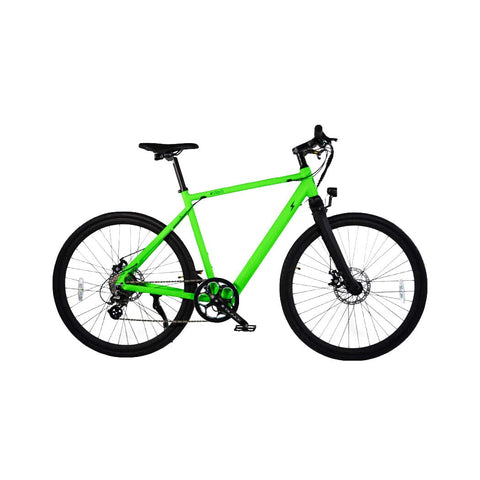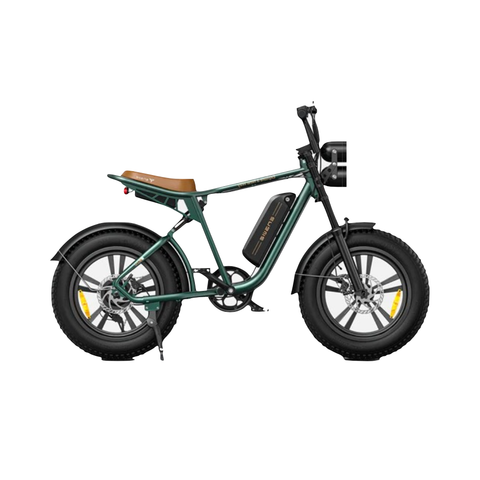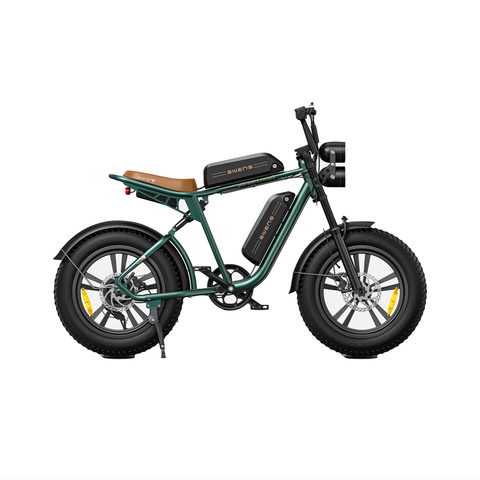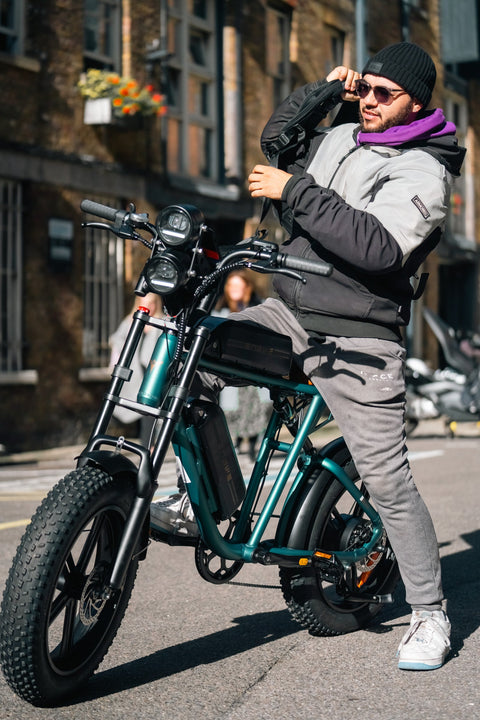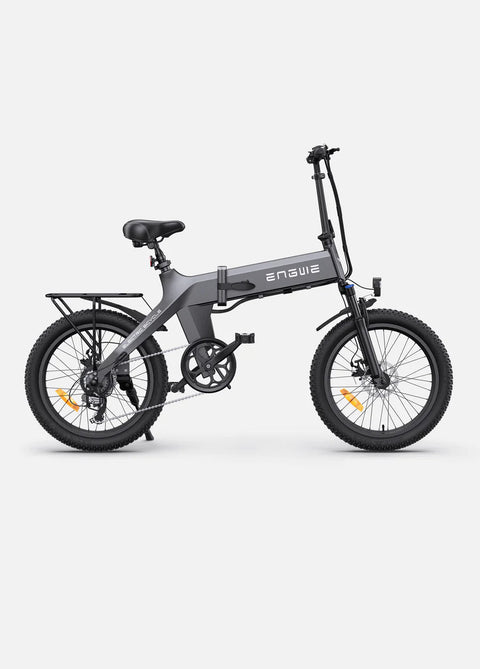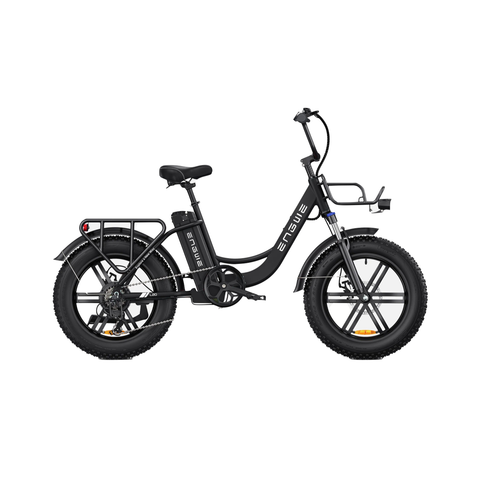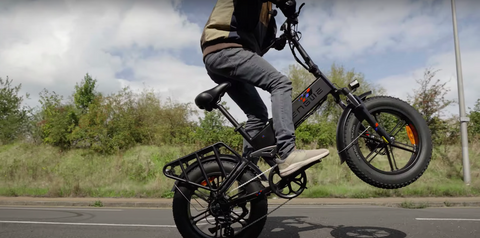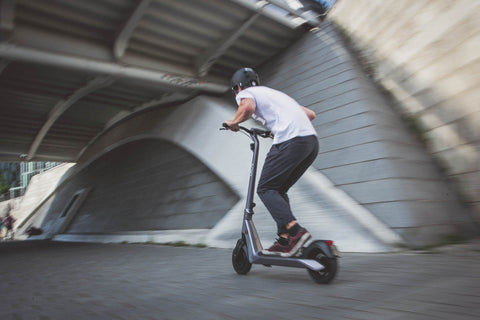If you’re looking at buying an electric bike, you’ll no doubt have been bombarded with technical information about different aspects of different bikes. Some terms will be familiar if you ride traditional bikes, but others are specific to e-bikes, and many focus on the all-important electric power source.
In this guide, we’re looking at how you get the power from that motor to your wheels using a pedal-assist system.
Also known as a PAS, this is the technology that tells the bike’s motor that you want its help, and on UK road-legal bikes it activates when you start pedalling.
Most e-bikes use sensors in the pedal to activate the assistance, and there are two main types – cadence sensors and torque sensors. Let’s take a look at the differences between these sensors and help you decide which could be the best one for your next electric bike.
What is a cadence sensor and how does it work?
Generally found on more affordable e-bikes, cadence sensors measure the speed at which you’re pedalling rather than how hard you’re pushing on the pedals.
The faster you spin the pedals, the more assistance the motor will give you. Slow down your pedalling and you get less power.
What are the advantages of a cadence sensor?
The main advantage of a cadence sensor is that it’s relatively simple and affordable, and very easy to use.
Most e-bikes have different levels of assistance that you can select, so between those preset levels and the speed you pedal at, you have a fair amount of flexibility in how much power from the motor is deployed.
And, because how hard you press the pedals is irrelevant, you’ll get the same amount of power from twiddling them in an easy gear (if your bike is fitted with them) as you would from stamping on them as hard as you can in top gear.
Only the speed at which they’re turning matters, and means you can use minimum effort to go at top speed.
What are the disadvantages of a cadence sensor?
If you’re used to a normal bike, where you push harder on the pedals to move faster, a cadence sensor can feel rather unnatural because it’s disconnected from the force you’re developing from your legs.
This can be disconcerting, especially if you’re new to e-bikes. Some, especially those with few or no gears, can also feel like your legs are spinning out because there’s little-to-no resistance from the pedals as you ride.
There can also be a delay between your pedalling and the assistance being applied when using a cadence sensor, especially when you first move away.
You’ll often have to move the pedals a quarter turn or further before the assistance kicks in. This can be tricky if you’re starting uphill or want a quick getaway from traffic lights.
What is a torque sensor and how does it work?
A torque sensor uses a strain gauge to measure the force you’re applying to the pedals rather than the speed at which they’re being spun. Just like on a traditional bike, the more force you apply, the more power assistance is added.
What are the advantages of a torque sensor?
This can feel much more natural than a bike with a cadence sensor, as it replicates the feeling of riding that many of us are used to and simply amplifies your efforts. Pedal hard and you’ll get maximum assist. Back off your intensity, and the assistance system will do likewise.
Torque sensors can also be more efficient than cadence sensors, as the power delivered is based on the actual effort you put into the pedals and updates in real time. This efficiency can often mean you can eke extra miles out of a battery charge.
What are the disadvantages of a torque sensor?
Torque sensors are more complex than cadence sensors, and therefore more expensive, driving up the overall price of the bike.
For leisure riders and commuters, who may want maximum assistance for minimum effort, the fact that your work is amplified may not be too attractive – you will have to put some welly into the pedals to get the electric motor to help you. This is great if you want a workout, but not if you want to stay mega-fresh for the office.
What difference does a cadence sensor or torque sensor make to battery usage?
Generally speaking, torque sensors will be easier on the battery than a cadence sensor, simply because they're more efficient and only use power when you demand it.
Cadence sensors are much simpler, and deploy power to set levels whenever they engage the motor.
What’s the price difference between a torque sensor and a cadence sensor?
Because the sensors are only one component of a ready-made e-bike, there’s no set price point for new bikes that have one type or the other.
As a general rule, more expensive bikes have torque sensors and more affordable ones use cadence sensors, but the crossover point is broad. You may find an e-bike for around £1,000 that uses a torque sensor, but equally some £2,000 bikes have cadence sensors.
If we look at the price of the components themselves, were you to buy them to fit to a bike, you’ll get a better idea. Cadence sensors are cheap: you can pick them up for around £12 and upwards.
Torque sensors, however, are considerably more expensive. You often get them built into a bottom bracket, with prices starting at around £50 for the cheapest but they can run to hundreds of pounds.
Verdict
| Torque sensor | Cadence sensor | |
| Measures | Effort on pedals | Speed of pedals |
| Price | More expensive | Cheaper |
| Feel | More natural | Artificial |
| Battery | More efficient | Drains battery faster |
| Effort | More effort to ride | Very low effort |
| From standing start | Can feel more natural | Can be harder |
Which type of sensor is best for you depends mainly on two things – your budget, and what you want to do with the bike:
- All torque: If you’ve got a higher budget and want to enjoy the more traditional bike-riding experience (albeit with electric assistance), then go for a torque sensor. You’ll find it basically amplifies the effort you make on the pedals.
- Common sensor: However, if you’re on a smaller budget, or you want a stress-free commuter or leisure bike (and putting in much effort is optional), then a cadence sensor will be more up your street. It’s simple, affordable and you can make decent progress without coming close to breaking a sweat.
Bio
Phill Tromans has been a journalist and reviewer since 2001. As both a keen road cyclist and car aficionado, he’s fully embraced the concept of e-mobility, and while he still loves pure pedal power, he also likes not being a sweaty mess at the end of every bike ride.

